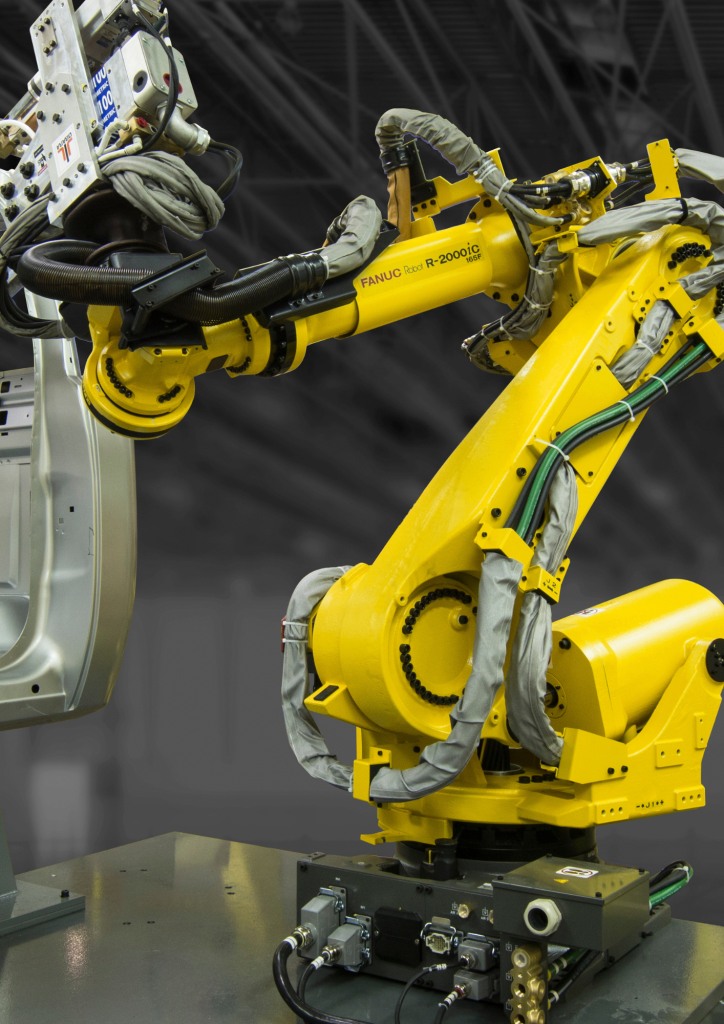At the center of manufacturing today, robot arms are challenging the norms of production, mixing precision, safety and efficiency in ways that were impossible to imagine. The mechanical marvels, often called robot arms become indispensable to industries all over the world, driven by an urgent need to cut operating costs without sacrificing quality. When integrating robotic arms in production lines, manufacturers are not just cutting costs but also revolutionizing workplace safety and productivity. We’ll examine how these cutting-edge robots are changing the face of industry.
Cost-effectiveness is the primary driver behind the use of robotic arms around the world. The pressure on factories to reduce production errors, material waste and workplace accidents is relentless. Robotic arms are able to tackle these issues. Robots help avoid costly mistakes, and reduce waste of raw materials, by performing repetitive tasks more accurately than humans. Robotic arms are employed in high-volume industries for example, the automotive industry to ensure perfect assembly. This precision results in significant savings since fewer imperfections mean less rework, waste and working.

Image credit: automatedsolutions.com.au
Safety is another important factor in the development of robotic arms. Numerous manufacturing jobs like handling hazardous materials or operating heavy machinery pose serious risks for humans. By utilizing robot arms businesses can remove workers from hazardous environments. This minimizes the possibility of injuries at work. A robotic arm, constructed as a kinematic ring of flexible joints, mimics functions of an arm, but is not at the risk of physical harm. Equipped with programmable end effectors essentially robotic hands they can perform tasks like grabbing, spinning or welding under conditions that are hazardous for human beings.
Robotic arms can be an exciting development in diverse industries due to their ability. Robot arms are able to be used for many different tasks, from assembly for automobiles to electronic production. They can handle complex operations with unparalleled precision, such as painting and tending of machines. Robotic arms for warehousing have revolutionized palletizing by automating load of goods onto pallets. The automation improves productivity as well as reliability because robot arms work continuously without getting tired.
Cobots are a new breed of robots that work in tandem with humans. Cobots with robotic arms, in contrast to traditional industrial robots, which are housed in separate cells, are designed to be able to communicate with humans securely and efficiently. In a factory environment cobots’ robotic arms may be capable of handling the heavy lifting or repetitive tasks, leaving human workers to focus on more complicated tasks. The collaboration improves productivity and creates a safer working environment since cobots are able to be programmed so that they can adjust or stop their movements if someone is nearby.
The effects of robotic arms go beyond safety and efficiency to the very foundations of manufacturing today. They are crucial to industries that require high accuracy in tasks like welding, assembly or even material handling. In automotive production such as assembly robotic arms can move and position parts in the assembly process to ensure perfect alignment without the need for human intervention. Similarly, in electronics, robot arms handle delicate components with care, reducing damage and improving output quality.
As the world’s industries continue to develop robotic arms’ importance will expand. Because they are able to cut costs, improve safety, and adjust to various tasks they will become the cornerstones of the future manufacturing. Combining cutting-edge technology and human ingenuity, robot arms are more than tools. They are partners that drive innovations, changing the way we design our environment.